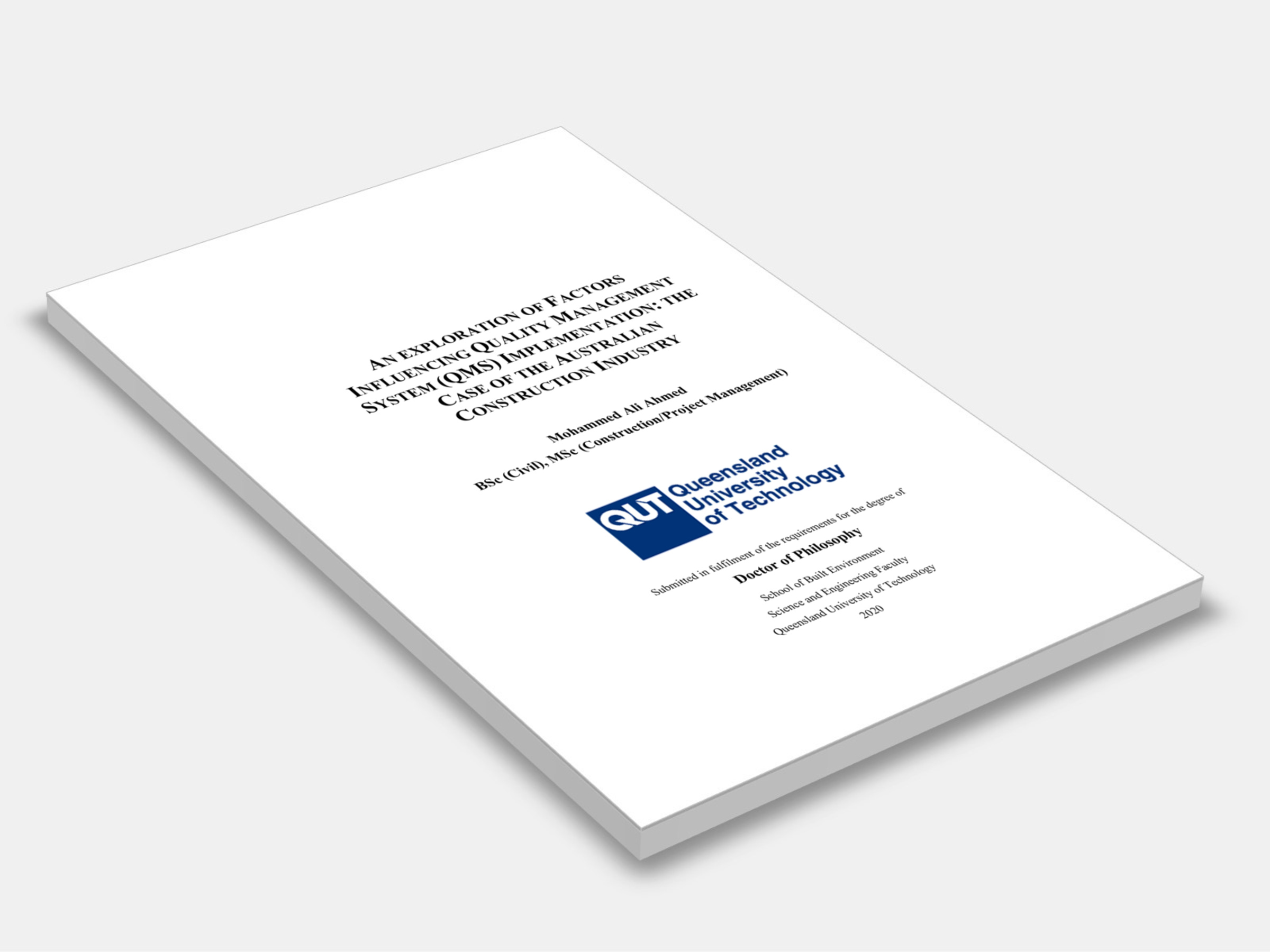
Type
Version:
2020.
(Current)
Short Description
This research primarily aims to investigate an inclusive list of factors impacting on quality management system deployment in the construction industry building sector by focusing exclusively on the external factors and the critical success factors of project level in order to develop a comprehensive framework of quality management system deployment.
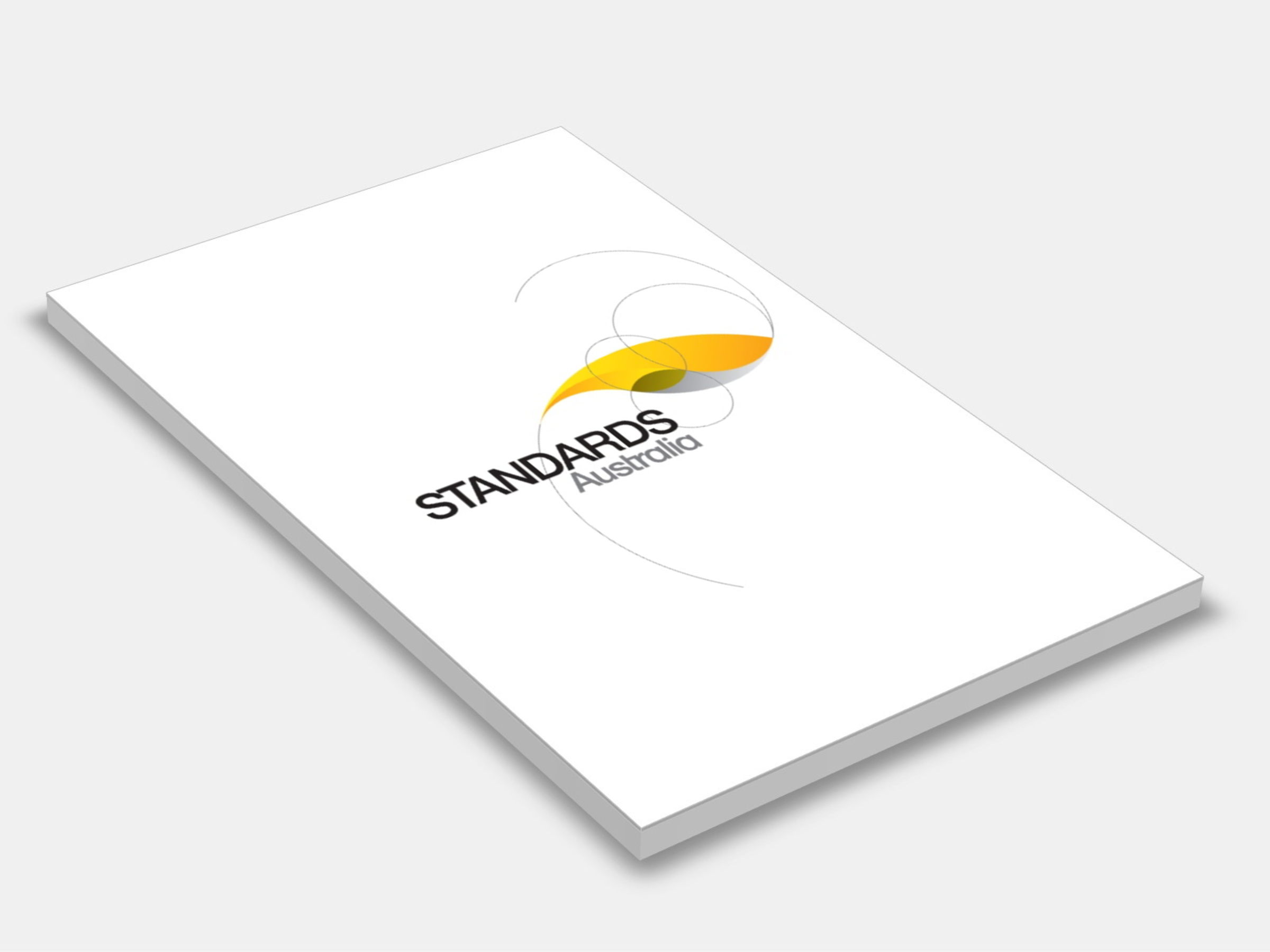
Type
Publisher
Standards Australia
Publisher
Standards Australia
Version:
Second Edition 2007.
(Current)
Short Description
Sets out data and procedures for determining earthquake loads on structures and their components, and also minimum detailing requirements for structures; domestic structures are covered in an Appendix.
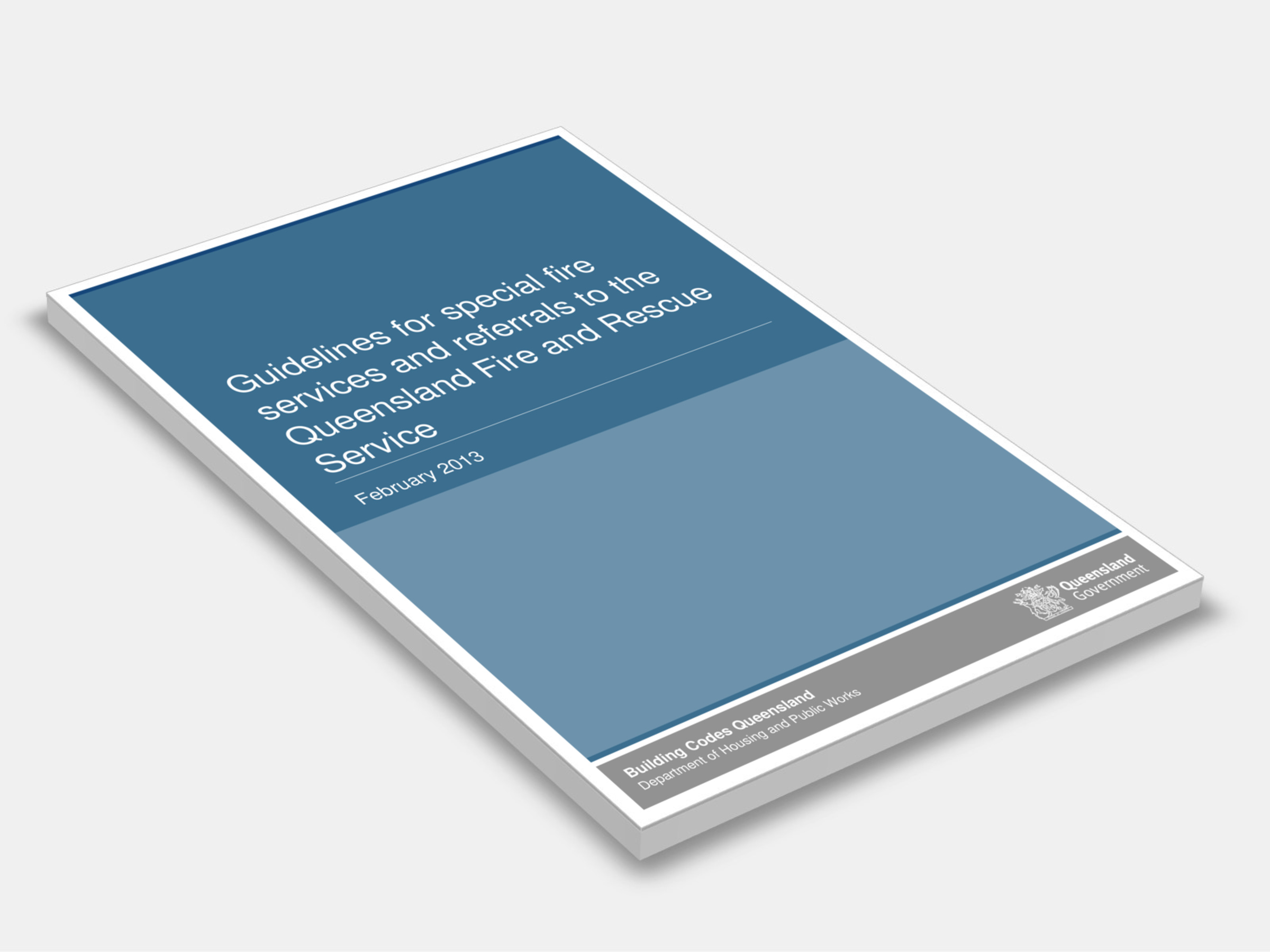
Type
Publisher
Queensland Government
Publisher
Queensland Government
Version:
2013.
(Current)
Short Description
Provides building certifiers with guidance about special fire services as defined in Schedule 2 of the Building Act 1975, and the jurisdiction of referral agencies in Schedule 7, Table 1, Item 1 of the Sustainable Planning Regulation 2009.
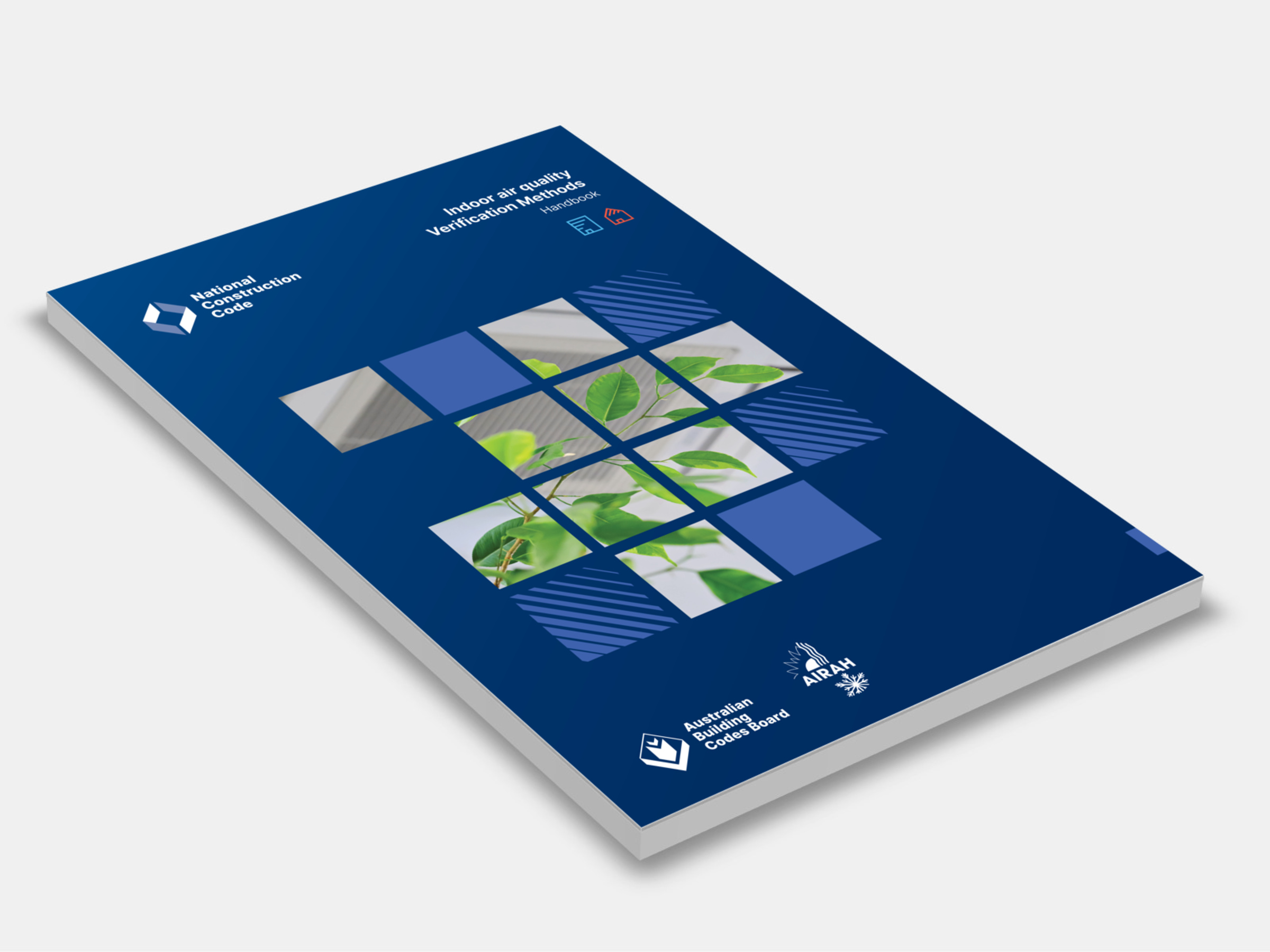
Type
Publisher
Australian Building Codes Board
Publisher
Australian Building Codes Board
Version:
2023.
(Current)
Short Description
Assists in understanding the indoor air quality (IAQ) Verification Methods in NCC Volumes One and Two (F6V1 and F6V2 in NCC Volume One and H4V3 of NCC Volume Two).

Type
Publisher
NatHERS
Publisher
NatHERS
Version:
2022.
(Current)
Short Description
The Nationwide House Energy Rating Scheme, or NatHERS, is being expanded to include Whole of Home assessments and ratings to support the proposed National Construction Code energy efficiency requirements for residential buildings in 2022; the changes will help households improve a home's energy efficiency and reduce energy use, which provides a range of benefits including lower energy bills, improved comfort and health for occupants, and reduced carbon emissions.
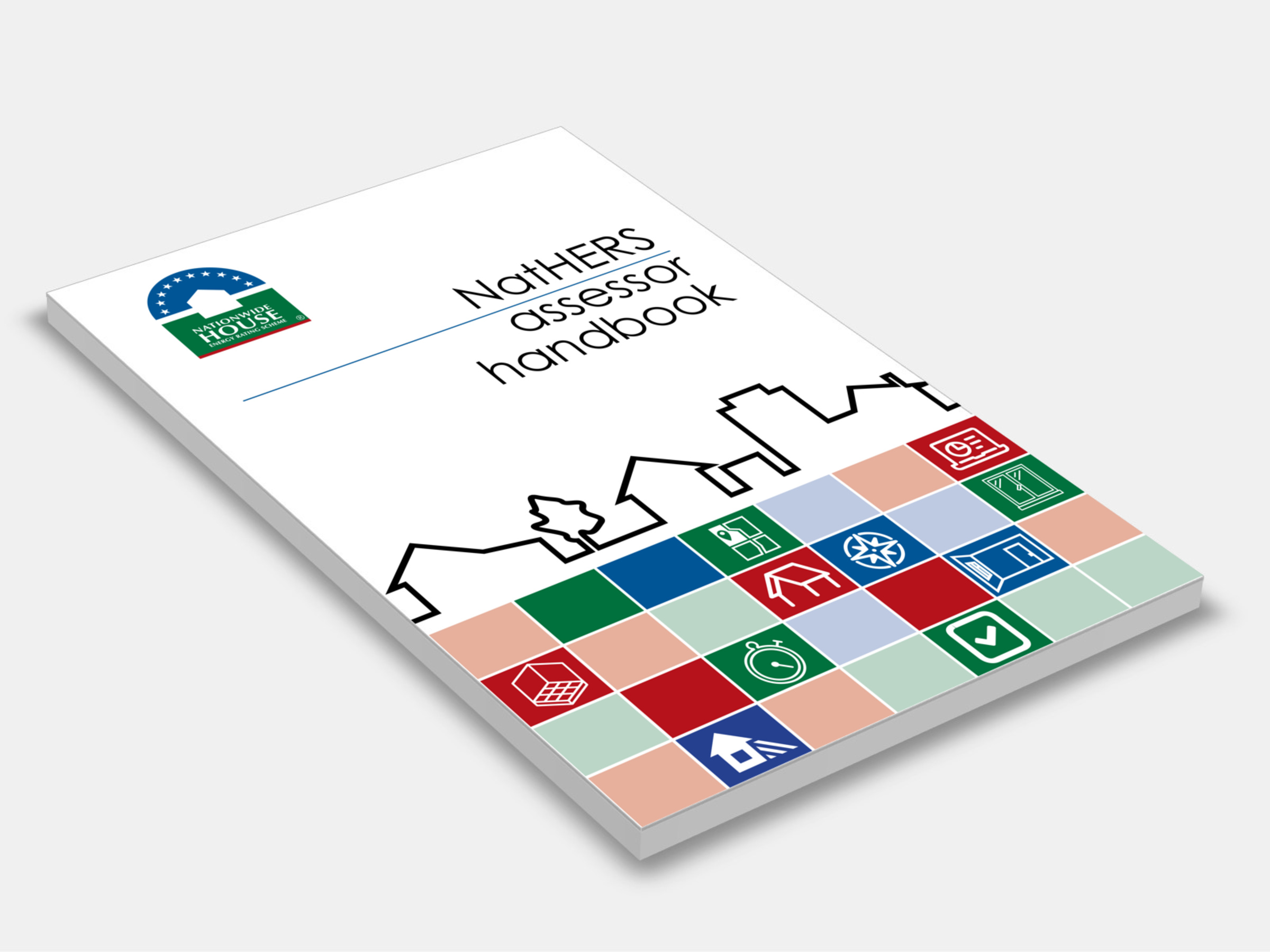
Type
Publisher
Australian Government
Publisher
Australian Government
Version:
2019.
(Current)
Short Description
Explains how NatHERS assessments work and is an essential tool for NatHERS assessors.
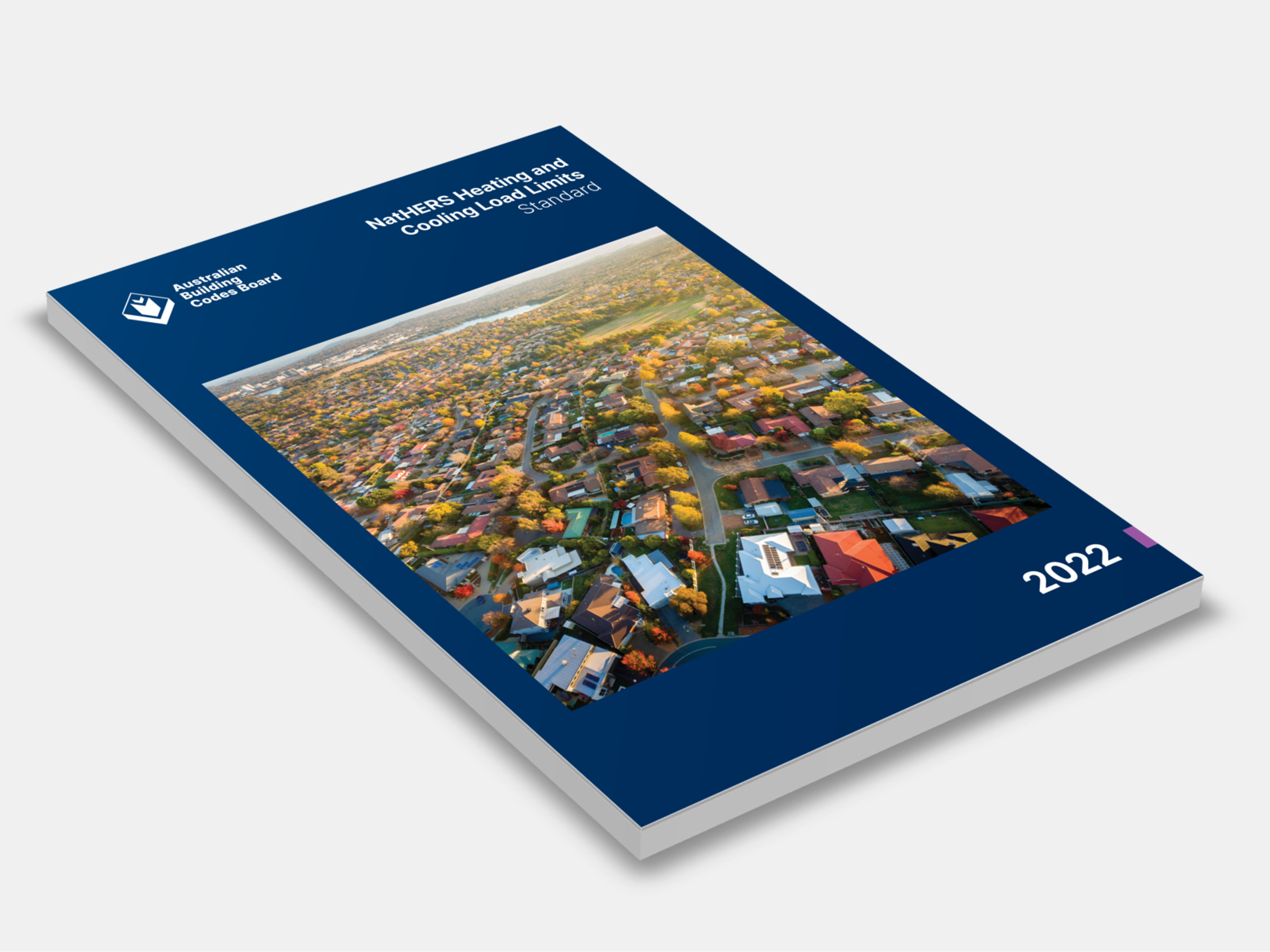
Type
Publisher
Australian Building Codes Board
Publisher
Australian Building Codes Board
Version:
2022.
(Latest)
Short Description
NatHERS compliance pathway for energy efficiency.
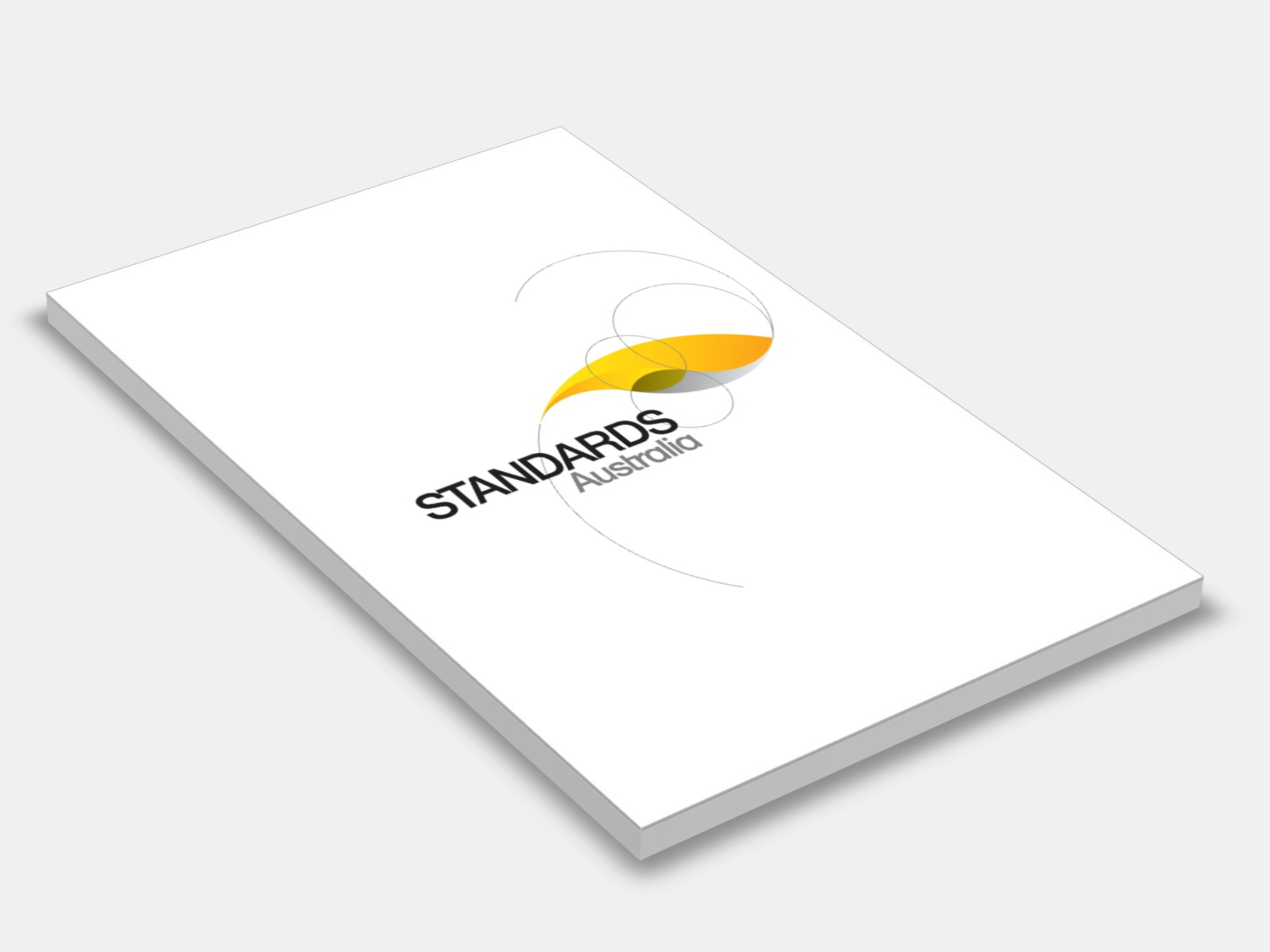
Type
Publisher
Standards Australia
Publisher
Standards Australia
Version:
Second Edition 2018.
(Current)
Short Description
Sets out (a) the requirements for the documentation of architectural, structural and construction information necessary for formwork design and construction; (b) architectural requirements and procedures covering the specification of the quality, tolerance, colour, and evaluation of off-form or as-repaired in situ or precast concrete surfaces; and (c) structural requirements that- (i) are critical to the stability, strength and serviceability of the permanent structure during construction and once completed; and (ii) affect the formwork design and construction.
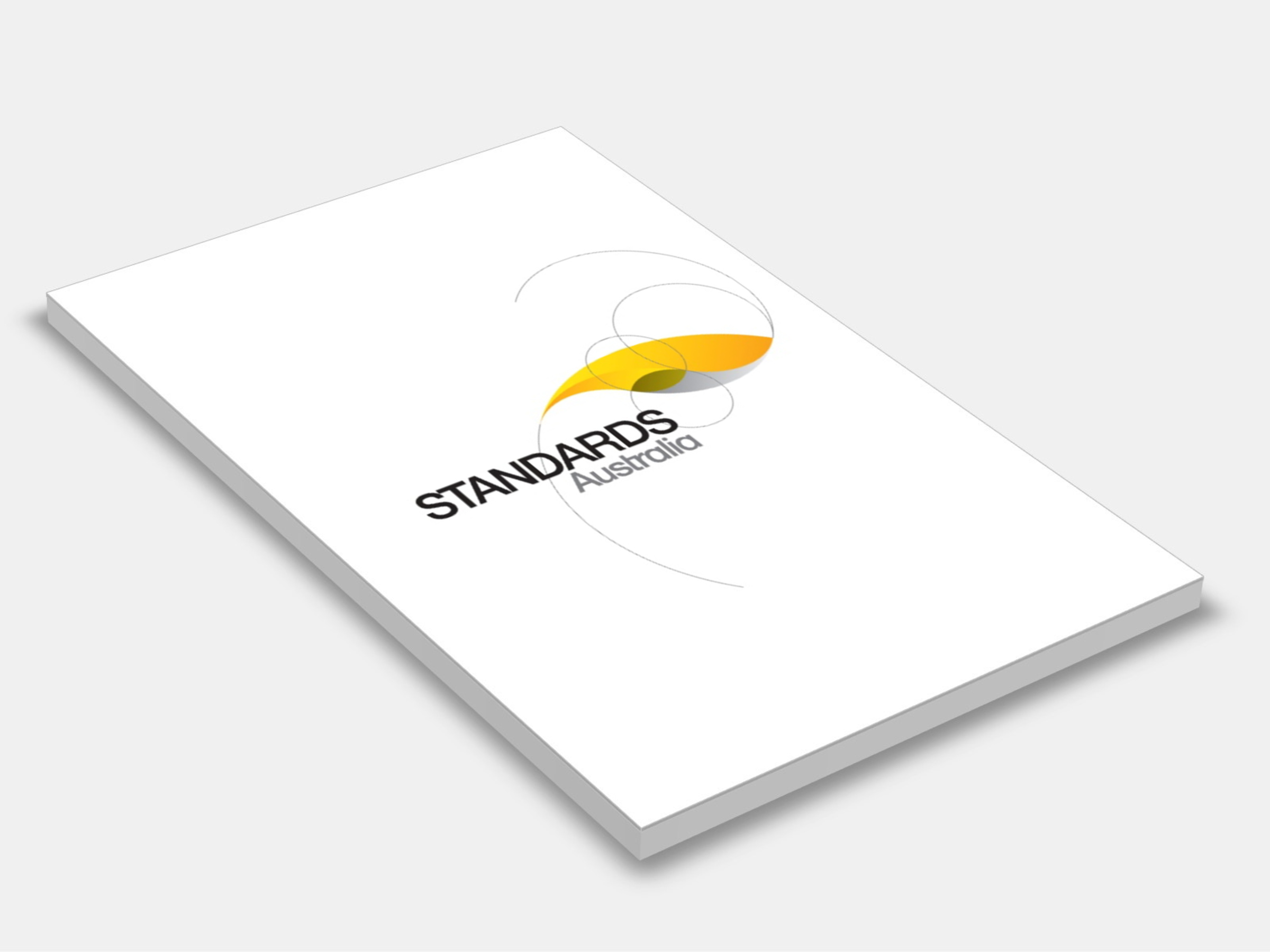
Type
Publisher
Standards Australia
Publisher
Standards Australia
Version:
Second Edition 2015.
(Current)
Short Description
Provides requirements for planning, construction, design, casting, transportation, erection and incorporation into the final structure of prefabricated concrete elements in building construction; applies to prefabricated concrete elements including, but not limited to, wall elements, columns, beams, flooring and facade elements used in building construction.
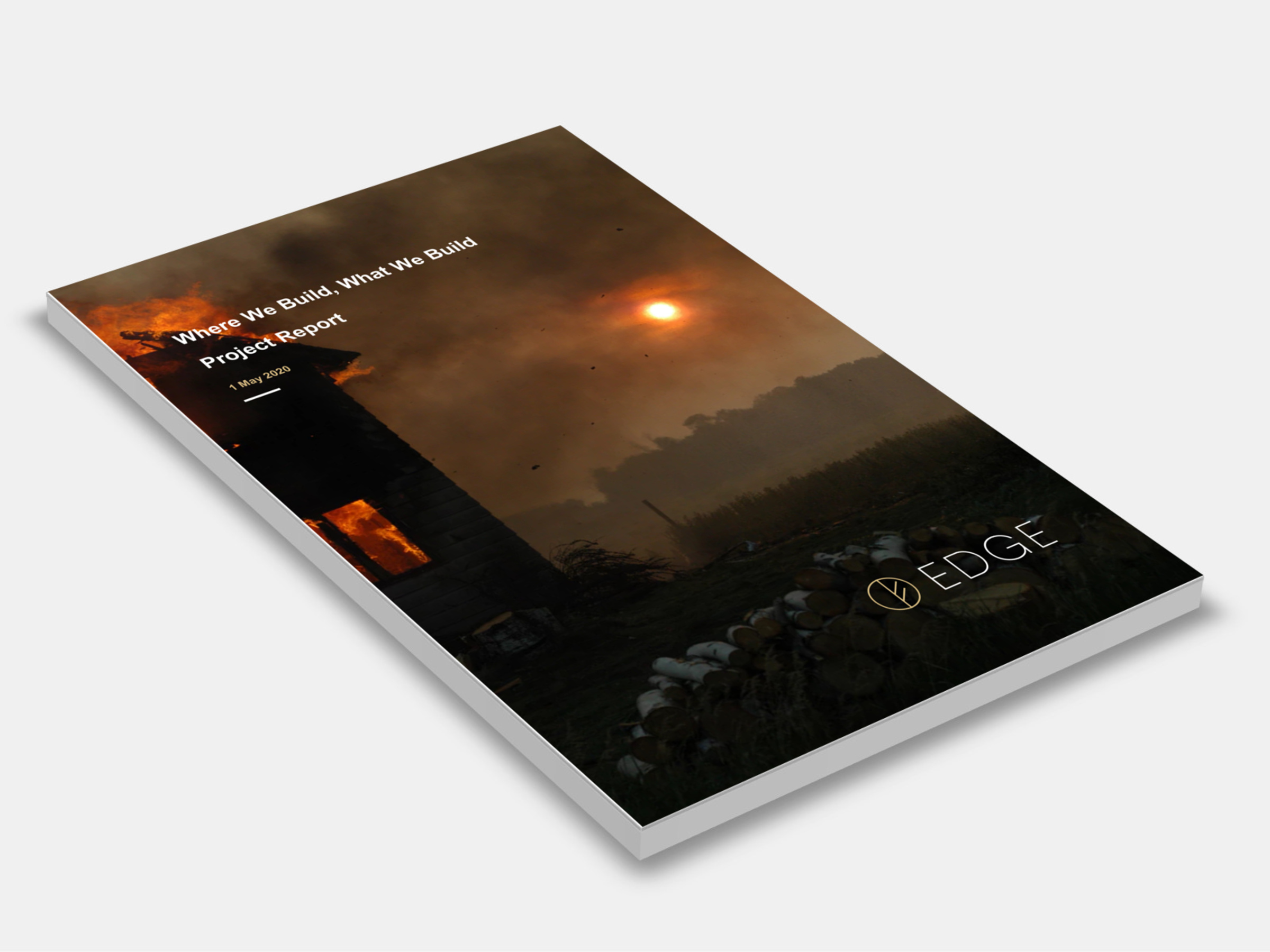
Type
Publisher
South Australian Government
Publisher
South Australian Government
Version:
2020.
(Current)
Short Description
The Where We Build What We Build project is supporting the Resilient Hills and Coasts (RH&C) region by enabling assessment of the climate risk exposure of homes and encouraging better climate risk mitigation decisions.